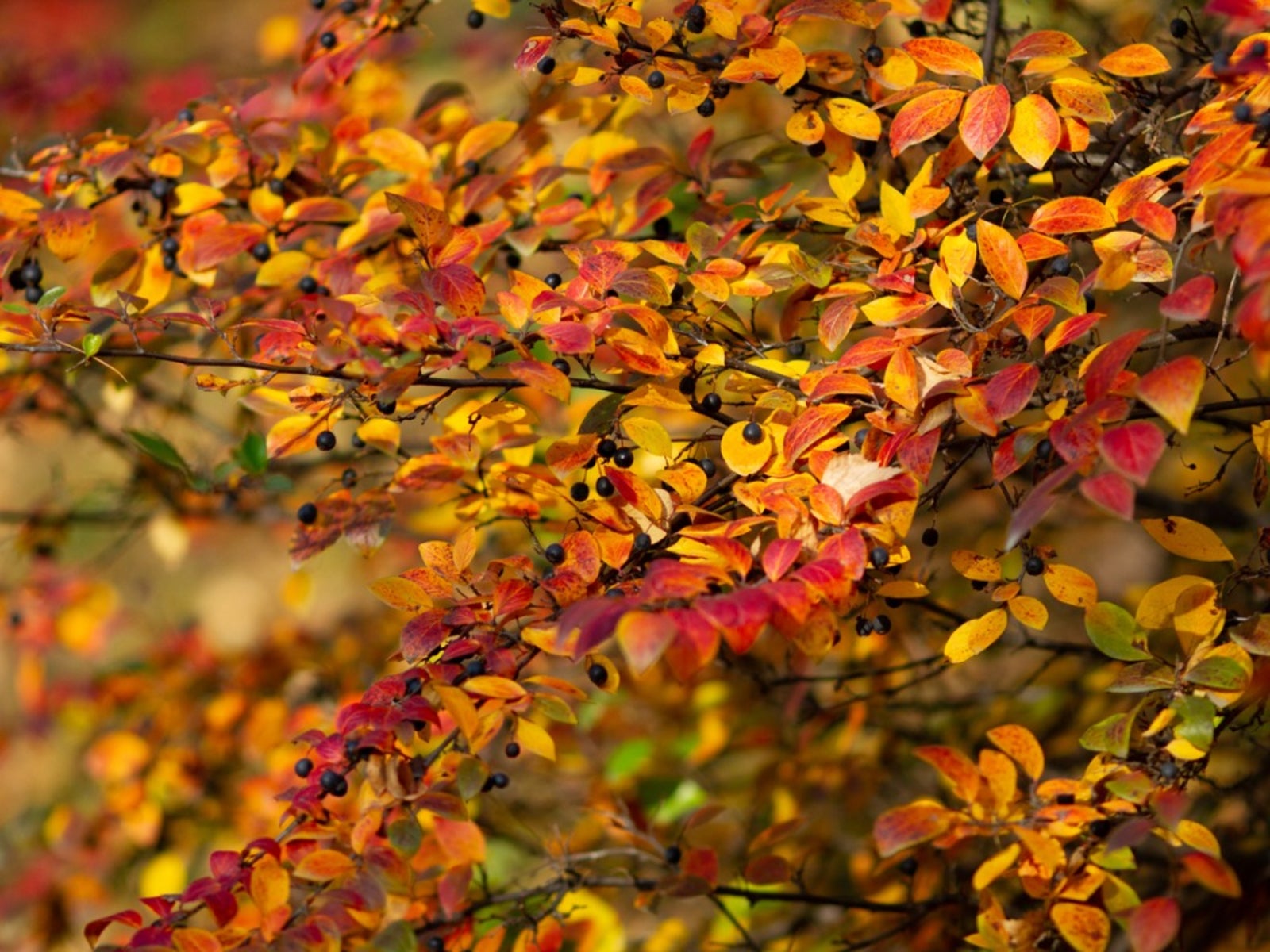What Is Hedge Cotoneaster: Learn About Hedge Cotoneaster Care


Cotoneasters are versatile, low maintenance, deciduous shrubs for the landscape. Whether you’re looking for a low sprawling variety or a taller type for a dense hedge, there is a cotoneaster that will meet your needs. In this article, we will discuss hedge cotoneaster plants.
What is Hedge Cotoneaster?
Hardy in zones 3 through 6, hedge cotoneaster (Cotoneaster lucidus) is native to areas of Asia, specifically in the Altai Mountain regions. Hedge cotoneaster is a more rounded upright plant than the very common wide, sprawling cotoneaster that most of us are familiar with. Due to its dense, upright habit and its tolerance of shearing, hedge cotoneaster is oftentimes used for hedging (hence the name), privacy screens, or shelter belts. Hedge cotoneaster has the familiar ovate, glossy, dark green foliage of other cotoneaster plants. In spring to early summer, they bear small clusters of pink flowers. These blooms attract bees and butterflies, making them excellent for use in pollinator gardens. After flowering, the plants produce the classic pom-shaped red, purple to black berries. Birds love these berries, so cotoneaster plants are often found in wildlife or bird gardens too. In autumn, hedge cotoneaster foliage turns orange-red, and its dark berries persist through winter. Adding a hedge cotoneaster plant can provide four-season appeal to the garden.
Growing Hedge Cotoneaster
Hedge cotoneaster plants will grow well in any loose, well-draining soil but prefers a slightly alkaline soil pH level. The plants are wind and salt tolerant, which adds to the benefits of using them as a hedge or border. Plants can grow 6 to 10 feet tall (2-3 m.) and 5 to 8 feet wide (1.5-2 m.). When left untrimmed, they will have a natural rounded or oval habit. When growing hedge cotoneaster as a hedge, plants can be planted 4 or 5 feet (1-1.5 m.) apart for a dense hedge or screen, or they can be planted farther apart for a more open look. Hedge cotoneaster can be sheared or trimmed to shape at any time of the year. They can be trimmed into formal hedges or left natural. Some common problems with hedge cotoneaster plants are bacterial fire blight, fungal leaf spots, spider mites, and scale.
Sign up for the Gardening Know How newsletter today and receive a free copy of our e-book "How to Grow Delicious Tomatoes".

Darcy is a former contributor to Gardening Know How. She is a professional landscape designer and gardening writer with experience in plant sales. An avid gardener, Darcy has a passion for sharing practical tips to help others grow.